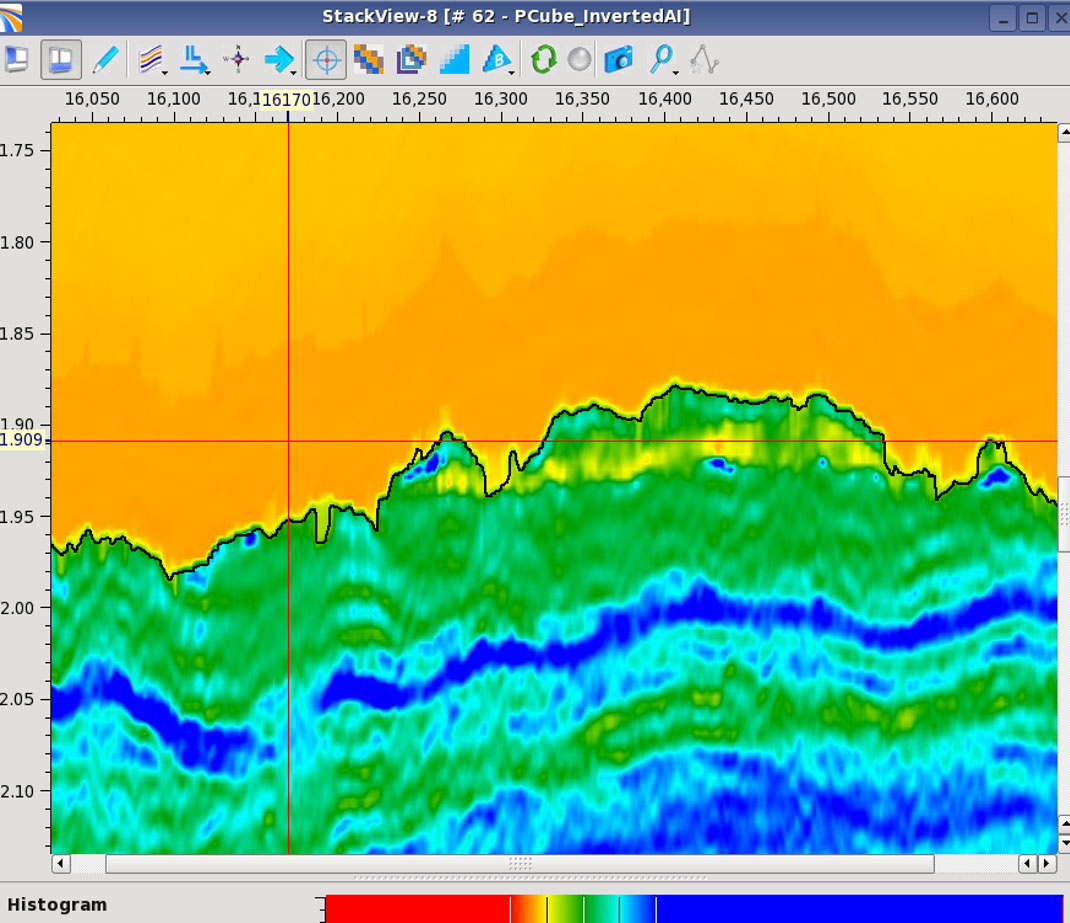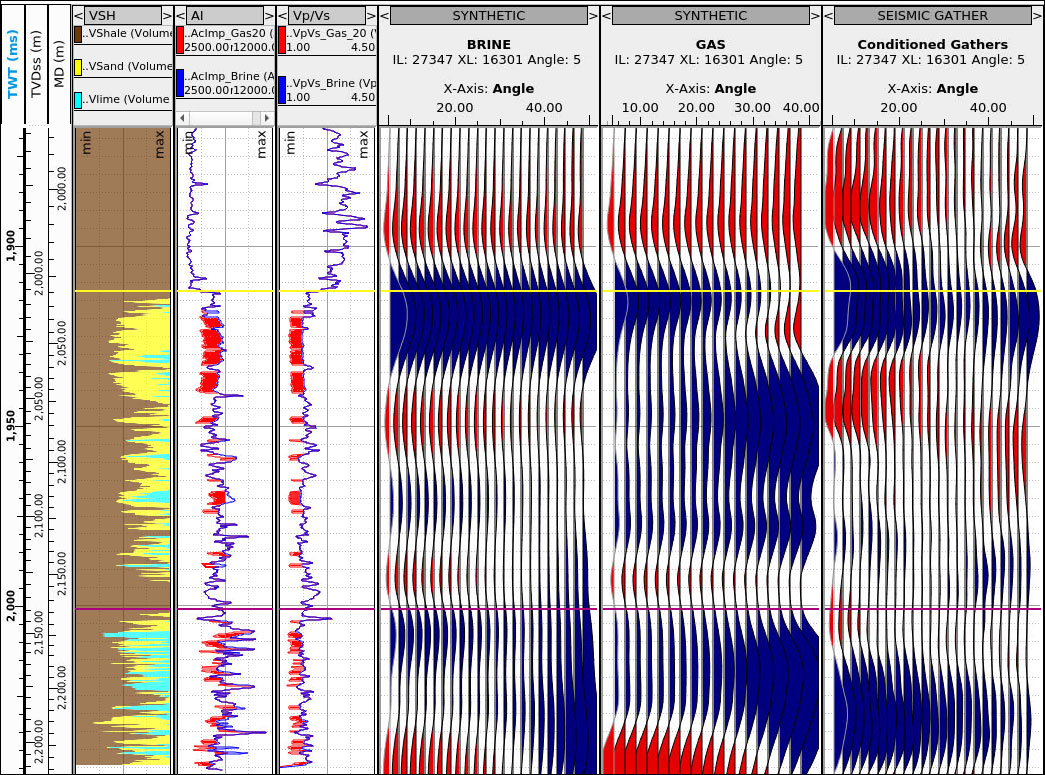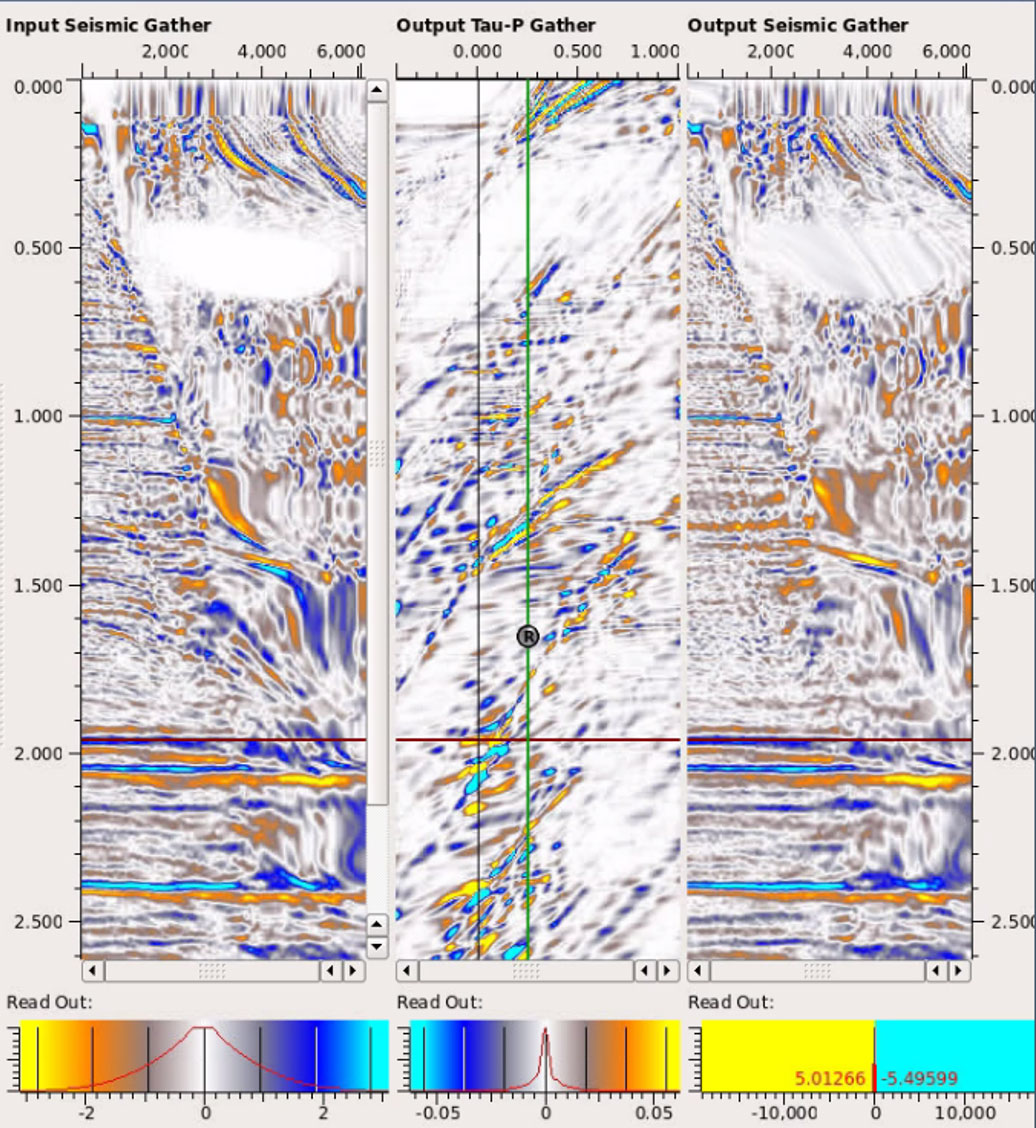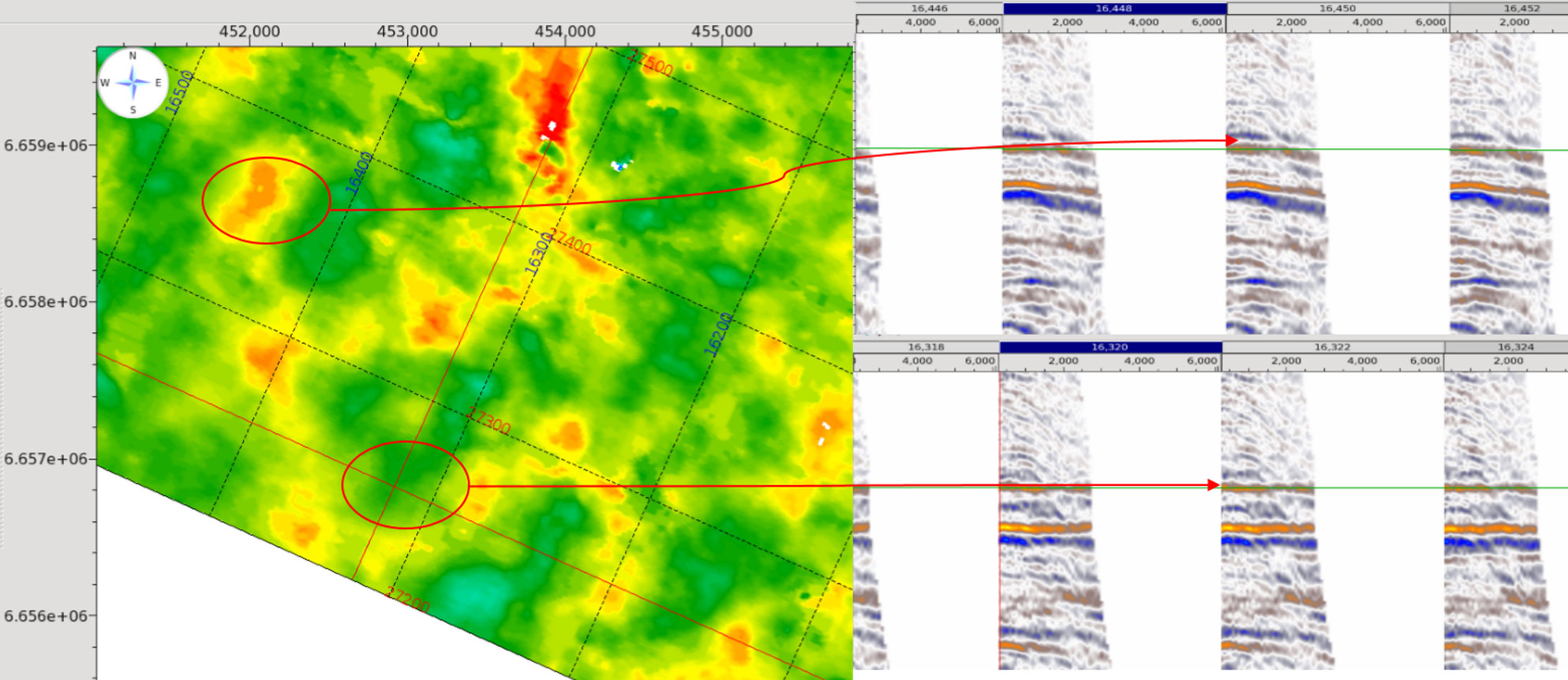Trustable, powerful decision support
Sharp Reflections software gives you access to 100% of your source seismic data thanks to the powerful engine at its core. Work at the speed of thought on the wings of our high-performance cloud computing capacity.

Built for you
Using the Sharp Reflections toolkits, you can extract the information you need for the tasks you perform in any operational phase.
Processing Geophysicist

I need to know that I’m extracting as much information as possible through the imaging and processing of my seismic data. Will the data provide the details we need to characterize this reservoir precisely and confidently?
In oil and gas companies, processing geophysicists play a key role in ensuring that seismic data are optimally imaged and processed for reservoir characterization. 3D (and 4D) QC and data refinement are required to deliver data that will enable optimal quantitative interpretation. Both processes have evolved with major advances in acquisition and imaging. Today, well log data are increasingly used during processing to monitor AVO compliance in drilled locations, while full-volume QCs help to assess data quality away from wells and ensure data consistency across the full frequency spectrum.
The Sharp Reflections software supports you. Using our intuitive PRO processing tools, you can visualize gathers from any location in a 3D survey and compare them to the stack response. Our kit offers a full suite of pre- and poststack processing filters to boost signal, remove noise, equalize bandwidth, and flatten gathers for detailed AVO work. Amplitudes on specific reflections can be tracked at each step in the processing sequence to validate AVA response. Spectral shaping, amplitude scaling, and other signal processing tools help to condition gathers and angle stacks for inversion.
What complexities exist in my reservoir? Where are the uncertainties in the interpretation?
QI interpreters apply seismic inversion and other advanced analytical techniques to characterize the rock type, fluid composition, porosity and flow characteristics of the reservoir. This is normally achieved by calibrating elastic rock properties from wells to seismic AVO response, often by developing and applying rock physics models.
The Sharp Reflections software lets you better evaluate the probability of drilling success. Our QAI tools enable you to extract AVA attributes, characterize elastic properties for specific rock and fluid facies, and perform quantitative prestack well ties. They offer traditional prestack AVO inversion, as well as modern rock physics inversion that predicts rock and fluid facies directly from angle stacks or gathers. Our unique multidimensional visualization tools facilitate analysis of inversion and attribute results, which often generate dozens of maps and volumes.
Quantitative Seismic Interpreter (QI Specialist)

Quantitative Seismic Interpreter (QI Specialist)

What complexities exist in my reservoir? Where are the uncertainties in the interpretation?
QI interpreters apply seismic inversion and other advanced analytical techniques to characterize the rock type, fluid composition, porosity and flow characteristics of the reservoir. This is normally achieved by calibrating elastic rock properties from wells to seismic AVO response, often by developing and applying rock physics models.
The Sharp Reflections platform lets you better evaluate the probability of drilling success. Our QAI tools enable you to extract AVA attributes, characterize elastic properties for specific rock and fluid facies, and perform quantitative prestack well ties. They offer traditional prestack AVO inversion, as well as modern rock physics inversion that predicts rock and fluid facies directly from angle stacks or gathers. Our unique multidimensional visualization tools facilitate analysis of inversion and attribute results, which often generate dozens of maps and volumes.
Reservoir Interpreters

Am I seeing and extracting all the potential insights available in the data? I don’t want to miss anything.
Reservoir geophysicists interpret seismic data to target exploration, appraisal and production wells, often in mature provinces where well information is available. In large fields, time-lapse seismic is increasingly available, and used to detect production-induced changes in seismic response. 3D and 4D data are used to plan wells, identify undrained pools, and monitor pressure changes and fluid sweep. Reservoir-scale analysis requires tight integration of geological and geophysical information to develop accurate 3D understanding of the reservoir, and potentially to uncover bypassed and undrained reservoir pockets.
The Sharp Reflections software offers a toolkit rich in general and 4D capabilities to help interpreters relate seismic reflectivity to well log data, and better understand amplitudes. Our kit includes tools to pick horizons on stacks, extend to prestack gathers, and extract AVA attributes to display as maps. Forward modelling tools can be used to predict AVA response from logs or blocky models and compare those to actual gathers at specific locations. Interactive spectral decomposition helps to delineate reservoir fairways and unravel seismic interference effects at reservoir scale.
Dive deep into the details
Dive deep into the details of your data with advanced interpretation applications, and emerge with complete confidence in the quality and accuracy of your decisions.
Sharp Reflections advanced tools are built for rapid data processing plus amplitude, inversion, azimuthal and 4D time-lapse investigation on prestack and stack data.
Prestack Data Enhancement
Optimize the reliability of your seismic data.

Quantitative Amplitude Interpretation
Sharpen reservoir insight with multistep QAI analysis.

Inversion
Improve reservoir delineation and net-pay estimation.

Test parameters interactively, and use our platform’s workflow capability to perform inversion over huge volumes of data.
Azimuthal
Improve illumination and understanding of complex geological structures.

4D Time-Lapse
Identify poorly drained or bypassed reservoir sections.





Training
From onboarding to advanced 4D seismic analysis, our training experts have you covered. It’s not enough to learn about the software. We want you using the Sharp Reflections software independently and confidently to solve problems and reach important decisions.
Contact us
Tell us what you need – we’re here to help.
